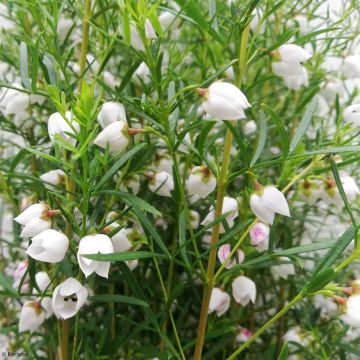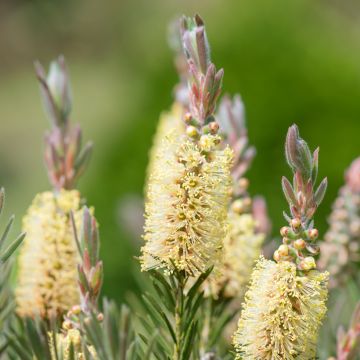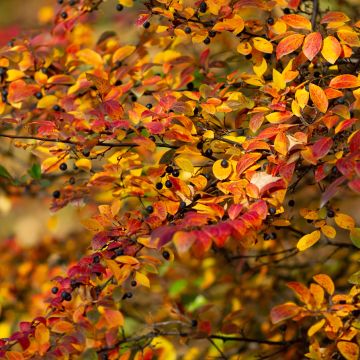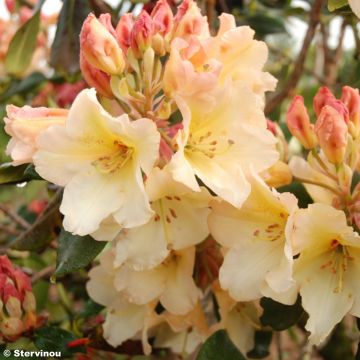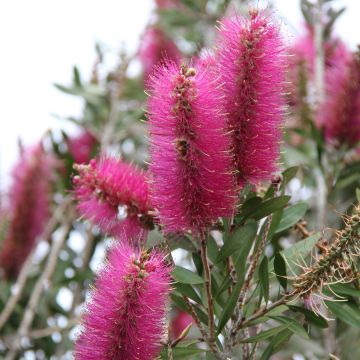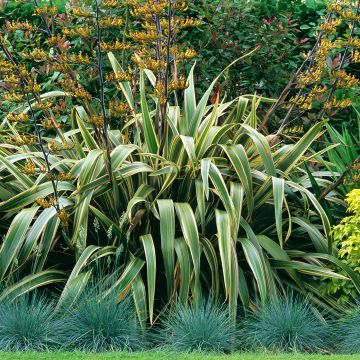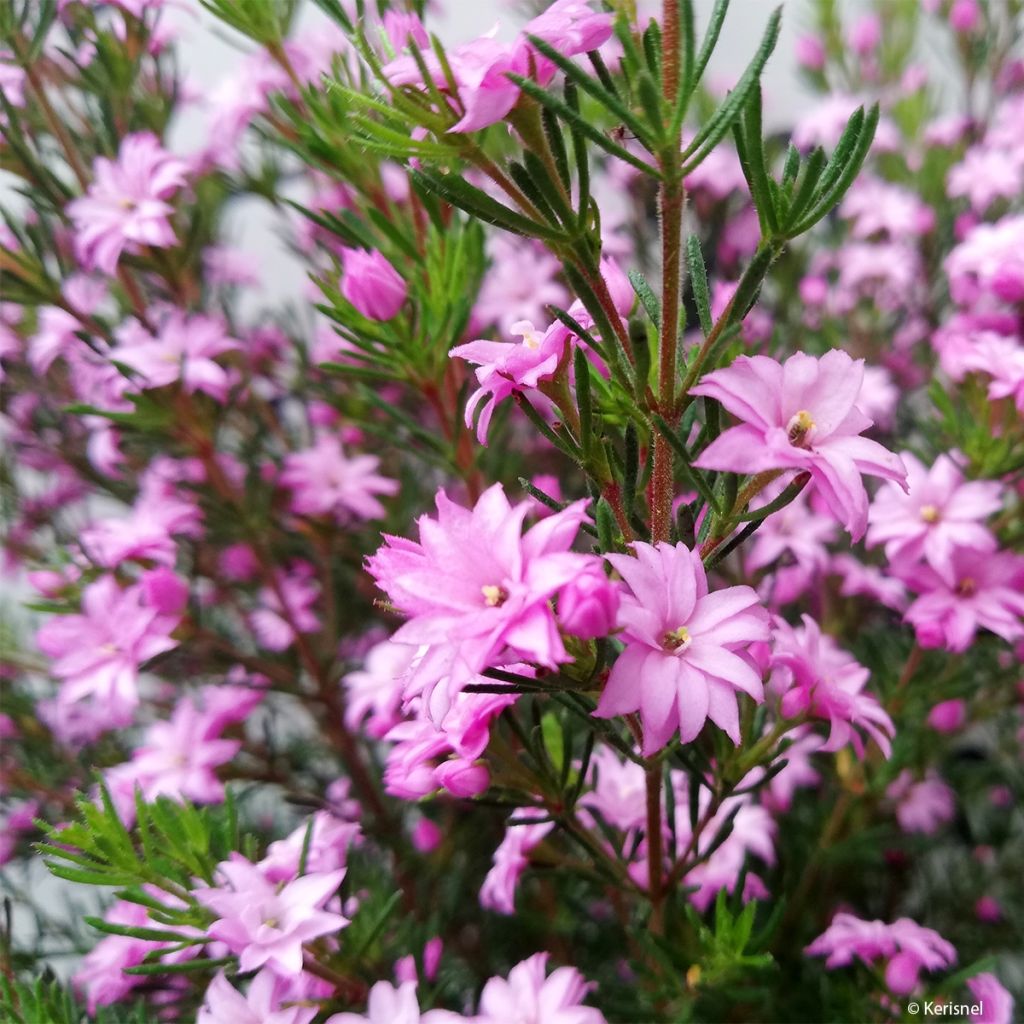

Boronia pilosa Rose Blossom - Boronie velue
Boronia pilosa Rose Blossom
Boronia pilosa Rose Blossom
Hairy Boronia
Special offer!
Receive a €20 voucher for any order over €90 (excluding delivery costs, credit notes, and plastic-free options)!
1- Add your favorite plants to your cart.
2- Once you have reached €90, confirm your order (you can even choose the delivery date!).
3- As soon as your order is shipped, you will receive an email containing your voucher code, valid for 3 months (90 days).
Your voucher is unique and can only be used once, for any order with a minimum value of €20, excluding delivery costs.
Can be combined with other current offers, non-divisible and non-refundable.
Home or relay delivery (depending on size and destination)
Schedule delivery date,
and select date in basket
This plant carries a 24 months recovery warranty
More information
We guarantee the quality of our plants for a full growing cycle, and will replace at our expense any plant that fails to recover under normal climatic and planting conditions.
Would this plant suit my garden?
Set up your Plantfit profile →
Description
Boronia pilosa 'Rose Blossom' is a very beautiful selection of hairy Boronia that stands out with its double flowers in a lovely range of pink. Little known to gardeners, Boronias are charming Australian shrubs that are very floriferous but sensitive and require delicate cultivation. This one resembles a heath shrub, with its upright, branched habit and delicate foliage. It prefers acidic soil, like heather, but the comparison ends there. In reality, it is a plant related to citrus trees, which is most often cultivated in a pot to be brought indoors during winter in an unheated greenhouse or conservatory.
Boronia pilosa 'Rose Blossom' is a shrub from the Rutaceae family, native to southeastern Australia where it grows in woods and high-altitude meadows on rocky soils. It has rapid growth, with an upright, dense and well-branched habit. After 3 years of cultivation, it reaches approximately 60-70cm (23.6-27.6in) in height and 50-60cm (19.7-23.6in) in width. Its stems are hairy, and they bear small pinnate leaves, divided into 3, 5, 7 or 9 thick and narrow leaflets, sometimes hairy, of medium green colour. Flowering occurs in April-May. The small flowers are grouped in clusters of three to six in the axils of the leaves or at the ends of the branches. They are initially a fairly deep pink, but fade over time.
Boronia pilosa 'Rose Blossom' does not tolerate temperatures below -5°C (23 °F), cannot withstand limestone or very dry soils, and prefers partial shade or full sun. It is safe to say that this shrub has some requirements that must be respected in order to succeed in its cultivation and enjoy its magnificent flowering. Outside of certain well-targeted coastal areas, it seems preferable to cultivate it in a pot, where the substrate and winter conditions can be controlled. In the garden, it can be associated, for example, with Galvezia speciosa, Gomphostigma virgatum, Diosma, broom Genistas, or white, pink, or red heath shrubs. On the terrace or balcony, it can be surrounded by Cape Plumbago, with its long blue flowering, a Tibouchina, or a common myrtle with double flowers.
Report an error about the product description
Boronia pilosa Rose Blossom in pictures
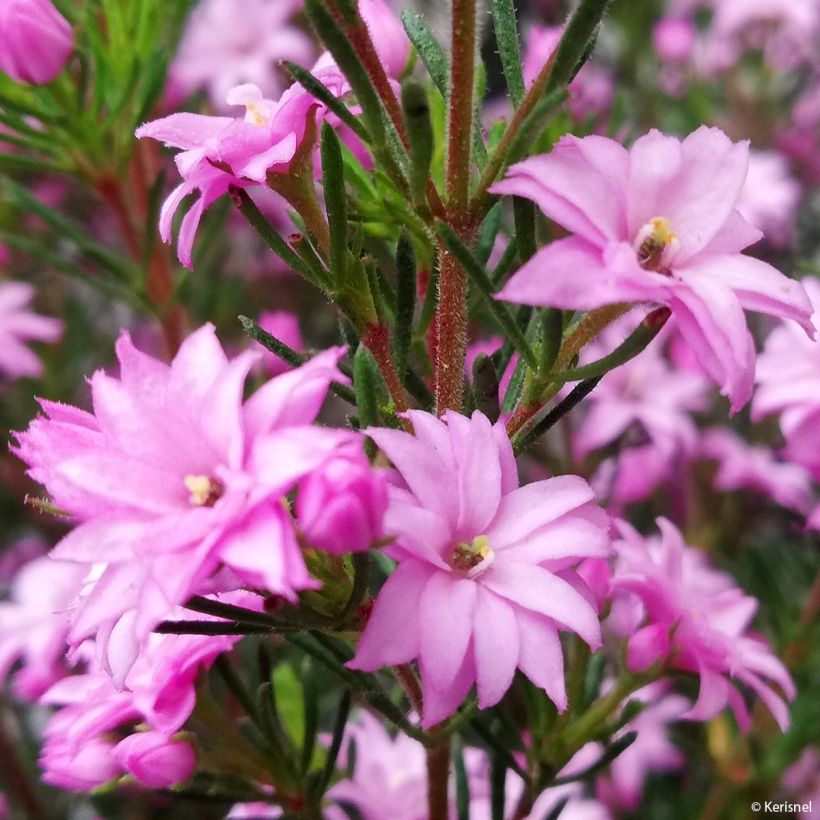

Plant habit
Flowering
Foliage
Botanical data
Boronia
pilosa
Rose Blossom
Rutaceae
Hairy Boronia
Australia
Other Boronia
View all →Planting and care
Cultivation: delicate
Boronia 'Rose Blossom' is hardy up to -5°C (23 °F), but it loses its leaves as soon as the temperature drops below 0°C (32 °F). Plant it in the ground if your climate allows, or in pots, preferably in spring. Choose a sunny or semi-shaded exposure. The soil should be light, well-draining, and strictly neutral to acidic, and not too dry: a mix of heather soil, sand, and compost is ideal. Water Boronia with non-calcareous or slightly calcareous water in summer, as this plant requires some coolness to flower and thrive. The Boronia is sensitive to Phytophthora, a fungus that attacks the roots in soils that are both too wet and warm. The lifespan of Boronia is quite short, around 5 to 6 years. Regular pruning extends their existence a little.
If grown in a pot, it should be taken out as soon as frost is no longer a concern. Choose a large container, as the planting substrate should always retain some moisture. Store your Boronia frost-free in autumn, in a cold greenhouse, in a lightly heated conservatory, or in a bright and cool room.
Pruning is not necessary, except to remove dead branches or rebalance the habit. But to increase density, you can lightly shorten the tips of the branches just after flowering. Pruning later will compromise the following year's flowering.
Planting period
Intended location
Care
Planting & care advice
This item has not been reviewed yet - be the first to leave a review about it.
Similar products
Haven't found what you were looking for?
Hardiness is the lowest winter temperature a plant can endure without suffering serious damage or even dying. However, hardiness is affected by location (a sheltered area, such as a patio), protection (winter cover) and soil type (hardiness is improved by well-drained soil).

Photo Sharing Terms & Conditions
In order to encourage gardeners to interact and share their experiences, Promesse de fleurs offers various media enabling content to be uploaded onto its Site - in particular via the ‘Photo sharing’ module.
The User agrees to refrain from:
- Posting any content that is illegal, prejudicial, insulting, racist, inciteful to hatred, revisionist, contrary to public decency, that infringes on privacy or on the privacy rights of third parties, in particular the publicity rights of persons and goods, intellectual property rights, or the right to privacy.
- Submitting content on behalf of a third party;
- Impersonate the identity of a third party and/or publish any personal information about a third party;
In general, the User undertakes to refrain from any unethical behaviour.
All Content (in particular text, comments, files, images, photos, videos, creative works, etc.), which may be subject to property or intellectual property rights, image or other private rights, shall remain the property of the User, subject to the limited rights granted by the terms of the licence granted by Promesse de fleurs as stated below. Users are at liberty to publish or not to publish such Content on the Site, notably via the ‘Photo Sharing’ facility, and accept that this Content shall be made public and freely accessible, notably on the Internet.
Users further acknowledge, undertake to have ,and guarantee that they hold all necessary rights and permissions to publish such material on the Site, in particular with regard to the legislation in force pertaining to any privacy, property, intellectual property, image, or contractual rights, or rights of any other nature. By publishing such Content on the Site, Users acknowledge accepting full liability as publishers of the Content within the meaning of the law, and grant Promesse de fleurs, free of charge, an inclusive, worldwide licence for the said Content for the entire duration of its publication, including all reproduction, representation, up/downloading, displaying, performing, transmission, and storage rights.
Users also grant permission for their name to be linked to the Content and accept that this link may not always be made available.
By engaging in posting material, Users consent to their Content becoming automatically accessible on the Internet, in particular on other sites and/or blogs and/or web pages of the Promesse de fleurs site, including in particular social pages and the Promesse de fleurs catalogue.
Users may secure the removal of entrusted content free of charge by issuing a simple request via our contact form.
The flowering period indicated on our website applies to countries and regions located in USDA zone 8 (France, the United Kingdom, Ireland, the Netherlands, etc.)
It will vary according to where you live:
- In zones 9 to 10 (Italy, Spain, Greece, etc.), flowering will occur about 2 to 4 weeks earlier.
- In zones 6 to 7 (Germany, Poland, Slovenia, and lower mountainous regions), flowering will be delayed by 2 to 3 weeks.
- In zone 5 (Central Europe, Scandinavia), blooming will be delayed by 3 to 5 weeks.
In temperate climates, pruning of spring-flowering shrubs (forsythia, spireas, etc.) should be done just after flowering.
Pruning of summer-flowering shrubs (Indian Lilac, Perovskia, etc.) can be done in winter or spring.
In cold regions as well as with frost-sensitive plants, avoid pruning too early when severe frosts may still occur.
The planting period indicated on our website applies to countries and regions located in USDA zone 8 (France, United Kingdom, Ireland, Netherlands).
It will vary according to where you live:
- In Mediterranean zones (Marseille, Madrid, Milan, etc.), autumn and winter are the best planting periods.
- In continental zones (Strasbourg, Munich, Vienna, etc.), delay planting by 2 to 3 weeks in spring and bring it forward by 2 to 4 weeks in autumn.
- In mountainous regions (the Alps, Pyrenees, Carpathians, etc.), it is best to plant in late spring (May-June) or late summer (August-September).
The harvesting period indicated on our website applies to countries and regions in USDA zone 8 (France, England, Ireland, the Netherlands).
In colder areas (Scandinavia, Poland, Austria...) fruit and vegetable harvests are likely to be delayed by 3-4 weeks.
In warmer areas (Italy, Spain, Greece, etc.), harvesting will probably take place earlier, depending on weather conditions.
The sowing periods indicated on our website apply to countries and regions within USDA Zone 8 (France, UK, Ireland, Netherlands).
In colder areas (Scandinavia, Poland, Austria...), delay any outdoor sowing by 3-4 weeks, or sow under glass.
In warmer climes (Italy, Spain, Greece, etc.), bring outdoor sowing forward by a few weeks.































